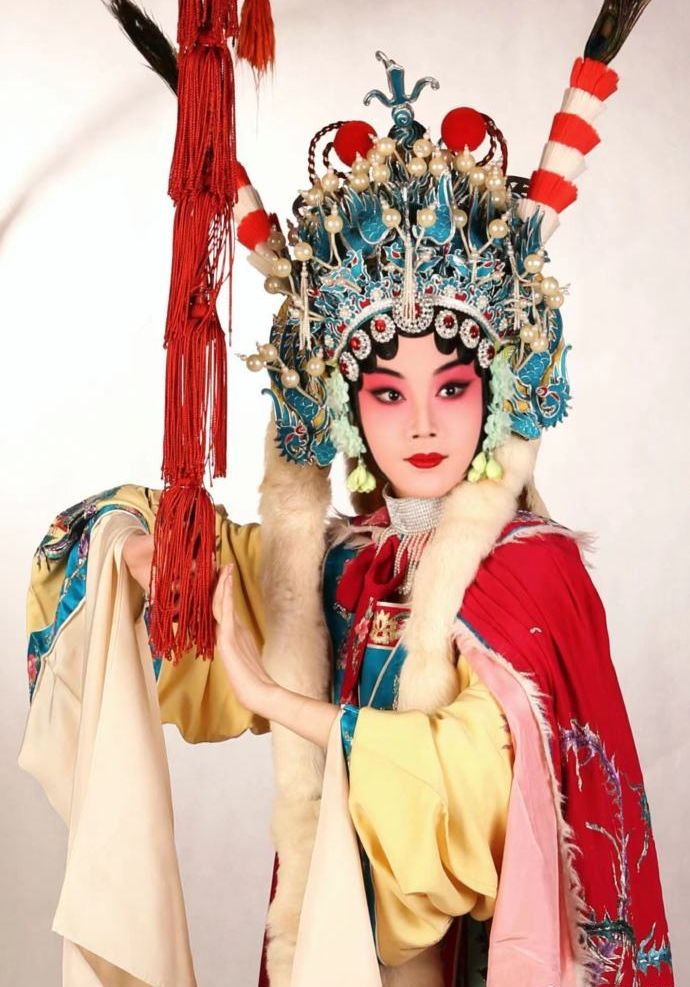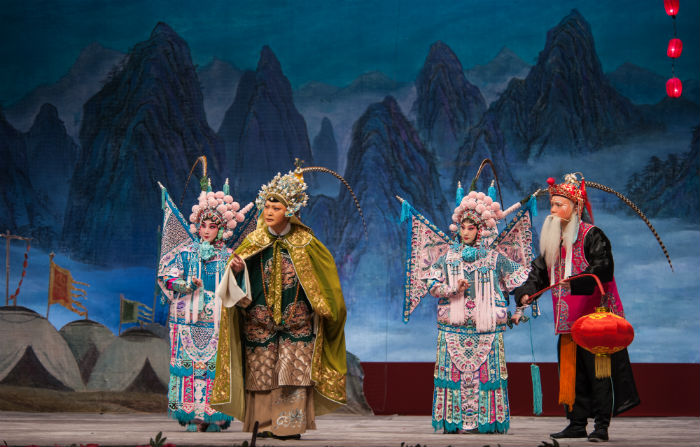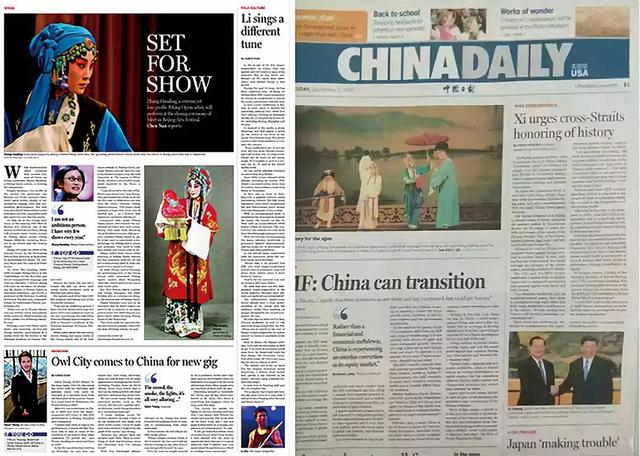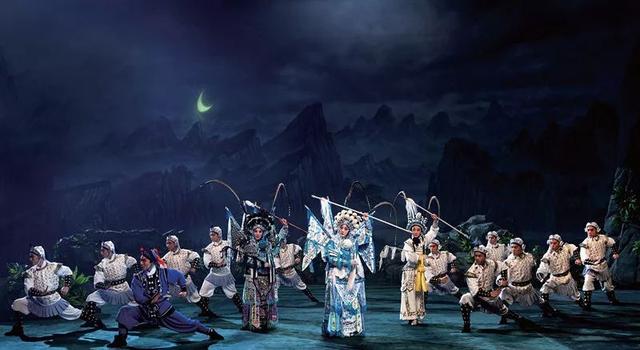Peking Opera(Beijing Opera) is the most influential form of Chinese opera and an important expression of traditional Chinese culture. Its various artistic elements are regarded as symbols of Chinese traditional culture and are known as the "national quintessence".

Overview of Peking Opera
The distribution of Peking Opera is centered in Beijing and spread throughout the country, known as the "national opera" with a history of 200 years. Beijing Opera is one of the most complete and influential forms of performance in Chinese opera, and is regarded as the culmination of traditional Chinese opera aesthetics, showcasing unique Eastern aesthetics to the world. The international community refers to it as the 'Eastern Opera'.
It was formed in Beijing around 1840 and was popular in the 1930s and 1940s. Its roles are comprehensive, its performances are mature, and its momentum is grand and beautiful, making it a representative of modern Chinese opera. Beijing Opera mainly performs historical stories, with over 1300 traditional plays and more than three to four hundred frequently performed. Beijing Opera has a standardized set of artistic expressions in various aspects such as literature, performance, music, and stage art.

Peking Opera overseas
Since its birth 200 years ago, Peking Opera has been constantly connected with the world. The magnificent costumes and superb acting skills of Peking Opera have amazed foreign audiences and earned a high reputation worldwide. Listening to opera in Europe is a fashion and even a part of Western life. In 2010, Peking Opera was included in the UNESCO Intangible Cultural Heritage List.
Peking Opera is not only widely spread in China, but also promoted its dissemination abroad through the overseas performances of masters such as Mei Lanfang. The Peking Opera performance system named after Mei Lanfang is regarded as a representative of the Eastern theatrical performance system and one of the three major performance systems in the world. In April 1919, Mei Lanfang performed in Japan for the first time and was the first actor to bring Chinese Peking Opera abroad. In recent years, multiple Peking Opera performance teams have successfully conducted tours in the United States, France, and Switzerland, achieving both box office success and good reputation, touching many overseas audiences.

The dilemma of external dissemination of Peking Opera
During the process of "going abroad", Peking Opera has left people with diverse reflections.
If the overseas promotion of Chinese Peking Opera wants to truly face the international market and embark on the path of cultural trade development, it is not suitable to use the mass production mode of popular cultural products, whether in terms of artistic form or cost considerations.
1. Significant cultural discount issues
Due to cultural differences and varying levels of cultural awareness, overseas audiences' interests, understanding abilities, and other factors when exposed to Peking Opera performances can greatly undermine the cultural connotations expressed in Peking Opera, resulting in appreciation barriers.
2. Unclear market-oriented orientation
Although the frequency of Beijing Opera's foreign exchange performances has significantly increased, in reality, the cultural trade capacity of opera works is still very limited. The current external dissemination of Peking Opera lacks commercial operation capabilities, and the export structure of opera works is simple, still mainly based on live performances, without utilizing existing traditional cultural resources to extend and expand the industry chain of opera performances, resulting in a single profit model and poor economic benefits.

The way out for Peking Opera
For Chinese opera, it is necessary to explore a cultural trade form that adapts to the rules of traditional stage art creation and performance in China, so that Chinese Peking Opera can not only "go global", but also better "go in".
In the context of cultural and artistic diversity, there is an urgent need for theoretical and practical innovation in finding "suitable audiences" and building a "multi-level audience system". Only through in-depth theoretical and practical innovation can Chinese culture and art "go abroad" and enter a new stage, making Peking Opera a vivid cultural calling card for the world to understand China and for China to go global.



